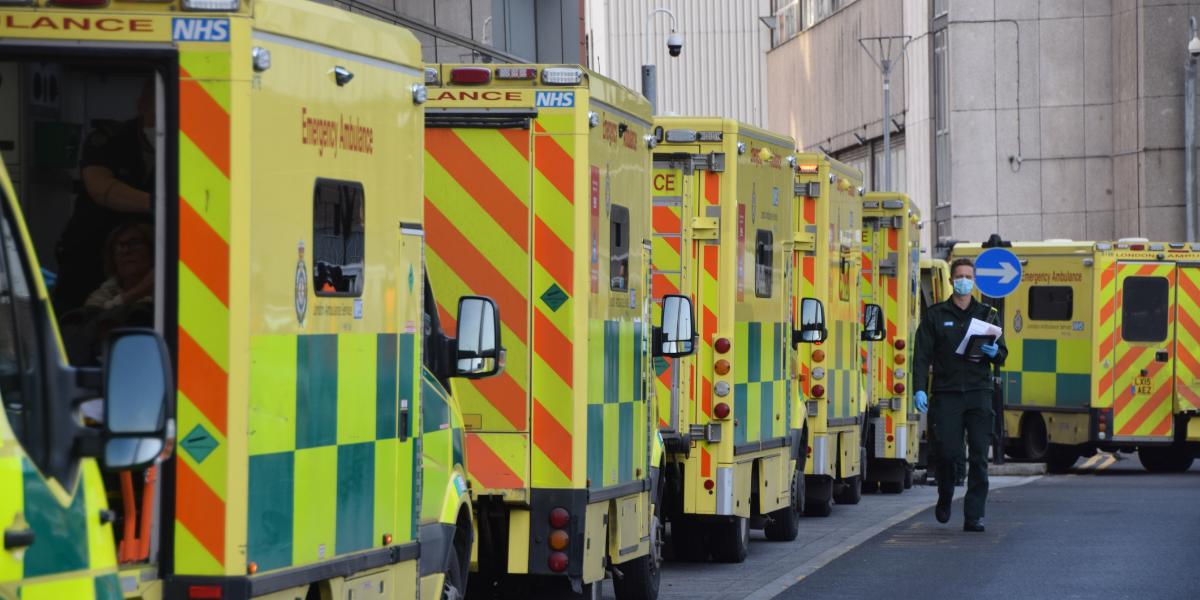- Health chiefs are warning of a complete state of crisis
- 1 in 3 people wait more than 4 hours to be seen by A&E
- NHS under “similar” pressure to the military
The Royal College of Emergency Medicine has stated that several A&E departments are in a “complete state of crisis”, drawing attention to the enormous demands on the NHS this winter.
The vice-president of the Royal College of Emergency Medicine, Dr Ian Higginson, stated that there was “no question” that patients were at danger.
Hospitals are seeing increased demand, which experts say is being driven in part by seasonal ailments like as flu and COVID.
The government stated that it was aware of the NHS’s difficulties.
- Parents of children with type 1 diabetes struggling to get appropriate care at school
- Almost 1 in 4 patients turning to DIY health treatments
According to the Royal College of Emergency Medicine (RCEM), which oversees treatment standards in UK A&E departments, the NHS is facing the worst winter on record for A&E delays.
A number of hospitals have declared major events in recent days, which means they are unable to function normally. Other trusts have advised individuals to avoid going to emergency rooms unless their illness is life-threatening.
Dr Higginson, an emergency consultant, told BBC Radio 5 Live that the delays at emergency rooms were “appalling” adding that he has heard of waits of up to four days.
He stated that while personnel were trying their best, more funding was required to sustain the health care.
Dr Higginson added “This is a real problem, it’s happening now in our emergency departments, and we need to acknowledge it.”
NHS England’s Chris Hopson told BBC Radio 5 Live he feels “deeply uncomfortable” about the level of care and listed multiple factors that have contributed:
- In the previous six weeks, there have been 18% more visits to A&E than in the same period last year.
- Covid patients in England had increased to 9,500 from 4,500 just a few weeks earlier.
- There are 3,750 flu patients in hospital beds, up from 520 a month earlier.
- Delayed releases of medically healthy patients, now around 12,000 people, are the result of an increasing population and a reduction in living standards.
When all of these factors were considered, Hopson said “25,000 of the 100,000 NHS beds” were filled with either medically healthy patients awaiting discharge or persons suffering from COVID or the flu.
Saffron Cordery, interim chief executive of NHS Providers, which represents trusts in England, said on Sunday that the NHS was under “similar” pressure to the military.
Data from NHS England for November 2022 shows:
- 1 in 3 ambulance arrivals wait over 30 minutes to be handed to A&E staff
- 1 in 3 people wait more than 4 hours to be seen by A&E
- 2 in 5 people wait more than 4 hours for a bed in a trolley
The government has acknowledged the difficulties that exist: an additional £14.1 billion in funding for health and social care will be provided over the next two years, as well as an additional £500 million to attempt to accelerate hospital discharges.





